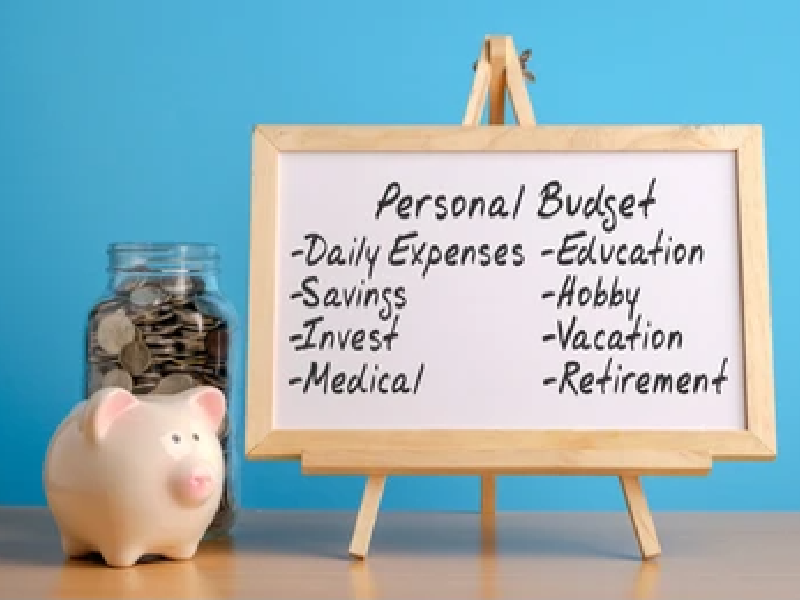
Most of you would have heard these words of wisdom from Nelson Mandela:
Education is the most powerful weapon which you can use to change the world.
— Nelson Mandela
But the rising costs of education (at all levels from elementary school to college higher education) have made it harder to get a quality education for our kid(s). Quoting Arne Duncan (who was Secretary of Education for the USA):
State governments generate less revenue in a recession. As state leaders struggle to make up for lost revenue, legislatures tend to cut funding for higher education. Colleges, in turn, answer these funding cuts with tuition hikes.
— Arne Duncan
Arne is talking about the state of education in the USA, this isn’t any less true here in India. 10-15 years ago, fees for a good school was about Rs. 10000-12000. The same quality of education in the same school for standard 12 is now about Rs. 2 Lakhs per year. That’s a hike of over 10x in 15 years. For the uninformed, most expert financial advisors say that while purchasing power parity increases by 6-8% every year, education inflation is always in 2-digit numbers.
Think of the times when we reminisce about missing the good old days from when we were younger, studying in schools and colleges (at a fraction of cost that we pay today for the same quality of education).
Forecast of Education Costs for next 10 years
Based on ‘Q3 2017 Salary Budget Planning Report’ (by Willis Towers Watson), Salaries in India are projected to rise at 10% in 2018 (the same as an actual increase in 2017). But education costs are stated to increase by 12% on an average across different grades.
To give you an idea about the hike in education costs in a 5-years spread timeline (assuming that costs continue to rise at 12% every year), here is a simple illustration:
[table id=1 /]
At the risk of sounding redundant, it’s worth reminding that your salary would not increase at the same pace.
Miscellaneous education costs
Also, the above forecast doesn’t even consider ‘miscellaneous costs’ that piggyback on the top of regular education expenses (such as gadgets and other extra-curricular costs). We had been focusing on tuition expenses for our quantitative analysis above, but let’s not forget the additional financial burden of a standard of living that one has to maintain at schools (think gadgets, books, social activities for the child, etc.) Moreover, children, these days take extra classes (such as summer camps, extracurricular activities such as art or sports coaching, etc.) none of which come cheap.
Costs for college education
Well, while school education costs could be met by saving small amounts, the cost of higher education in college might easily take up 40% of your monthly salary.
In case you didn’t notice, this comparison only states the obvious: That as years pass, the costs of school and higher education would only go up.
What can you do to be financially prepared for your child’s education?
First things first: How much do we need to save? Based on calculations in the table above, parents have to eventually save Rs 65L for their child’s higher education.
Well, here is what we recommend to our investors on Fisdom app:
SIP + Term Insurance = a good education plan.
1. Invest in Mutual Funds
Our Fisdom app helps you to build a mutual fund portfolio to save for education.
Once you input your risk appetite while analyzing the past returns (1Y/3Y/5Y/10Y/15Y/20Y), our Smart Recommendation Engine (built on top of scientific financial models and years of historical market data) recommends a portfolio of mutual funds that will help you build the corpus for your child’s education costs.
2. Get term insurance which provides a cover of Rs. 65Lakhs.
This simply means that Rs 65L should be covered by a term plan. In case of your absence (such as accidental death), the education goal will not be compromised. This policy for a healthy adult of the age of say 32 would come at a premium of ~Rs 5000 annually. Let us not look at immediate gains causing ourselves long term pains and buy a term cover to secure education of kids even when we are not there for them.





















